
Destinations
We can arrange remarkable travel experiences on all seven continents. Where do you want to go?
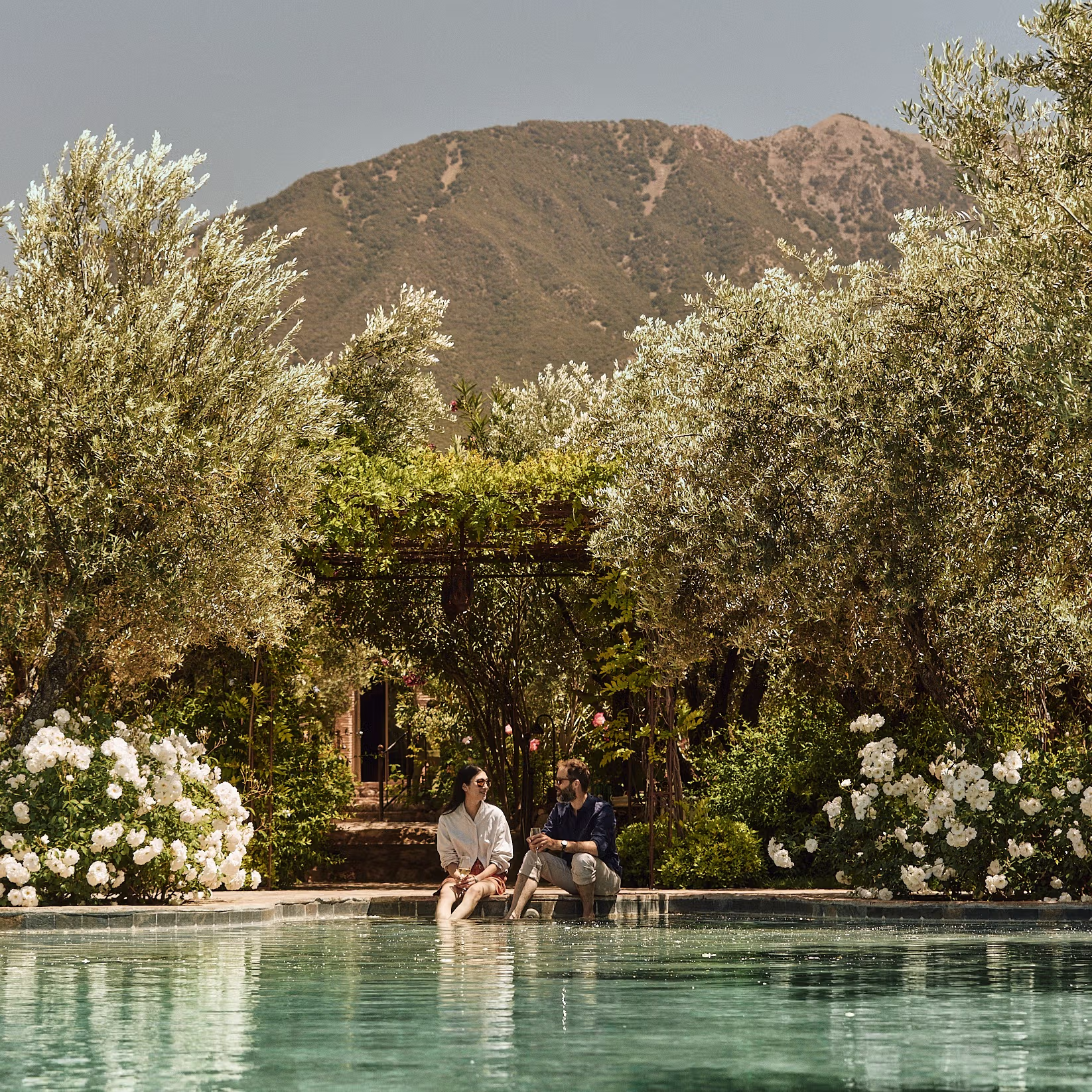
Journeys
Find your dream journey, whether you want to travel privately or with a group, by train, boat or plane.
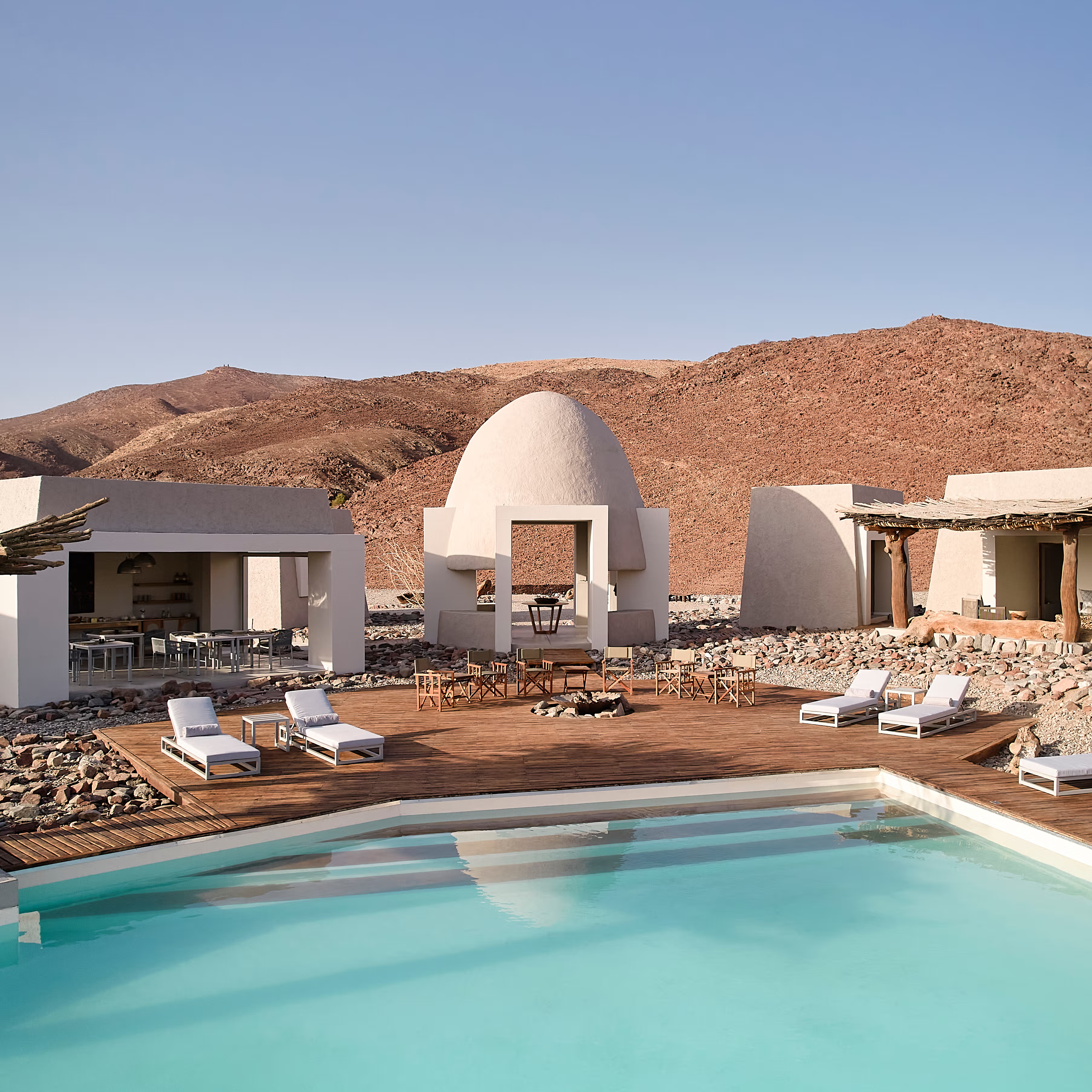
Stays
Our collection of inspiring places to stay includes safari lodges, super-villas, and boutique riverboats.
How do you want to travel?
Adventures Custom-Made For You
Every A&K private journey is unique. Whether you want to personalize one of our expert-designed Tailormade Journeys, or an adventure that’s completely bespoke, we will craft the trip of your dreams, exclusively for you.
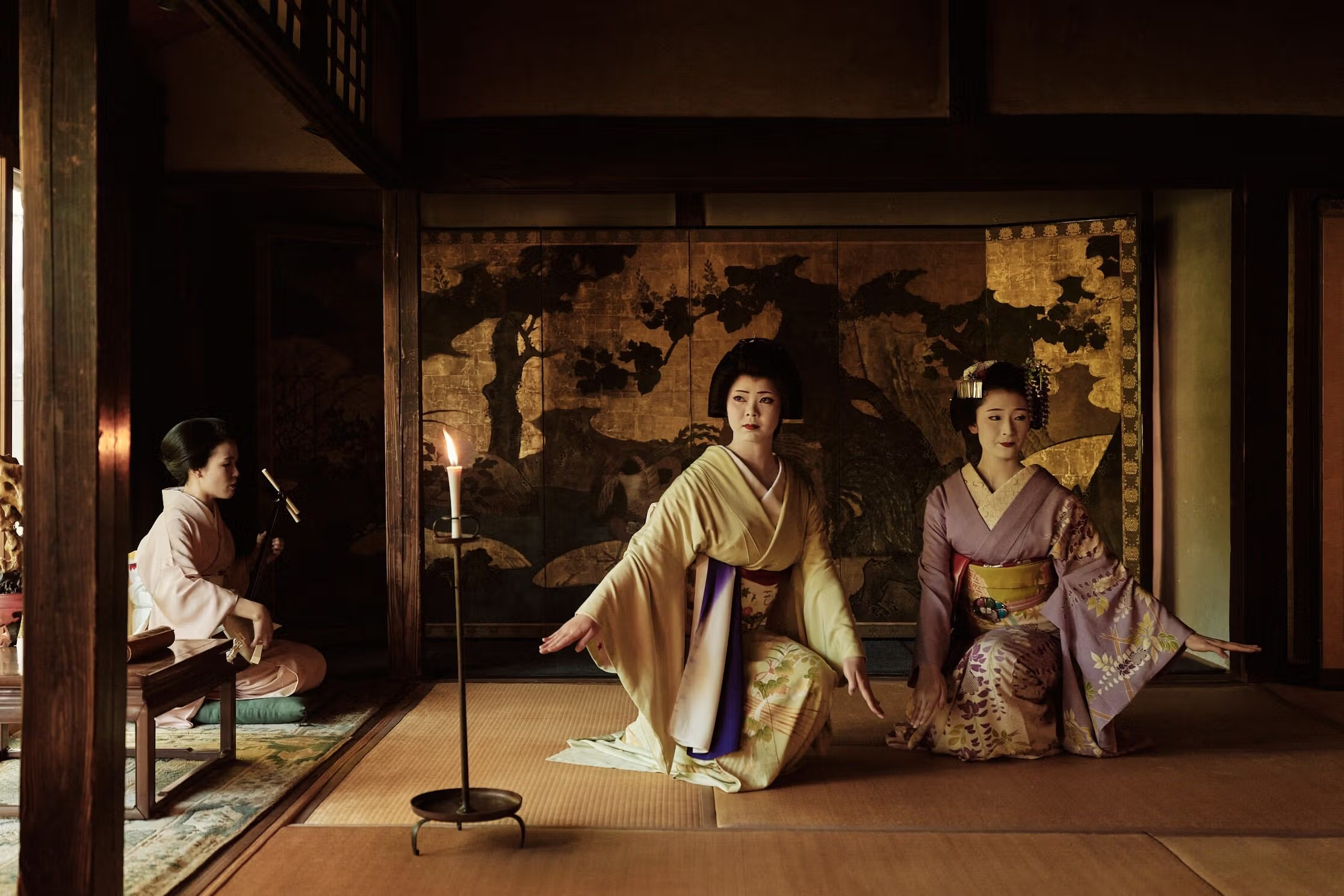
New & Noteworthy
Discover our remarkable lodges, villas and riverboats
"We are not in the travel business.
We are in the business of dreams."
Why Travel with Abercrombie & Kent?

Travel Your Way

With You All The Way
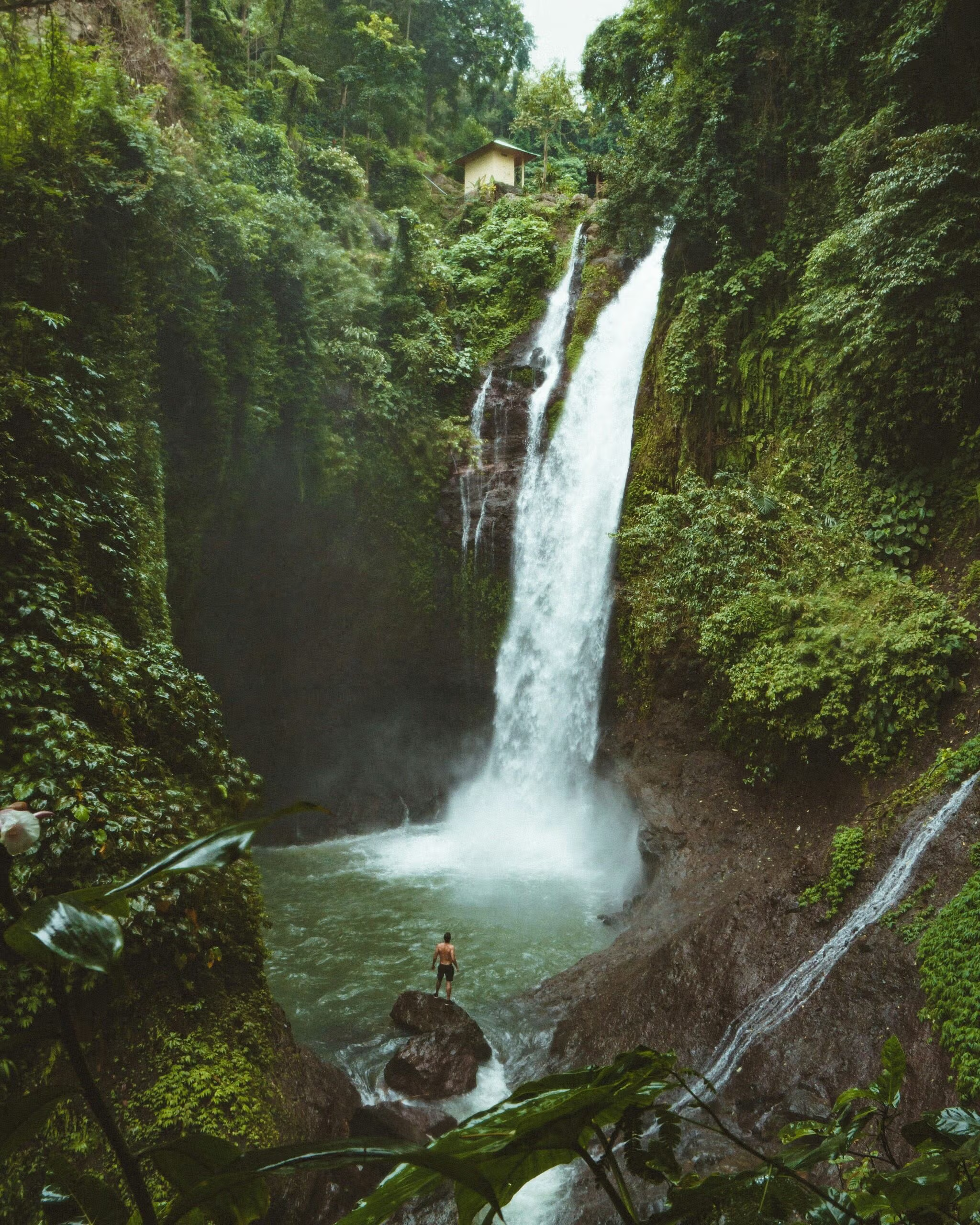
Travel Thoughtfully
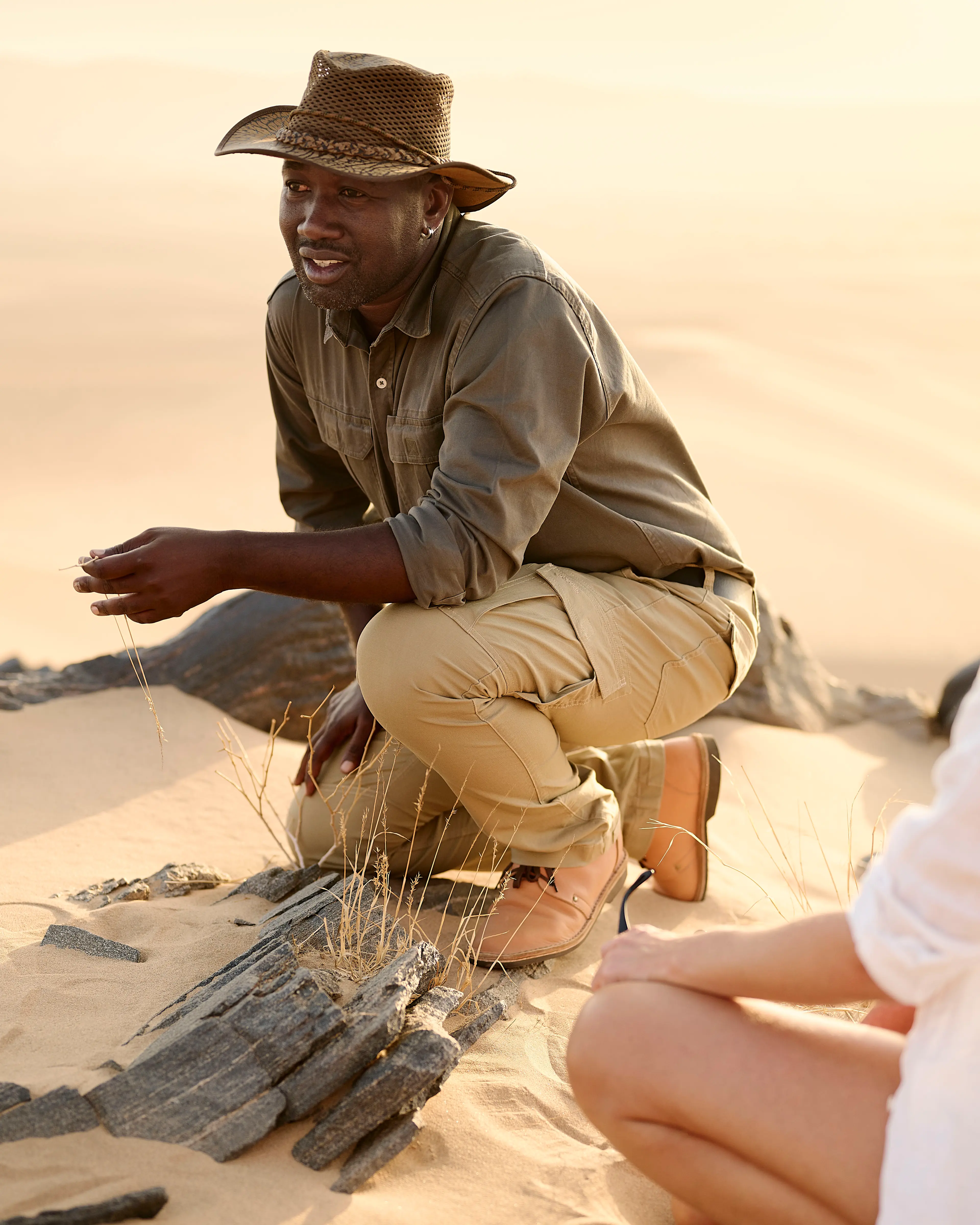
The A&K Family
Travel Responsibly
We believe travel should be a force for good. In the 1960s, our founder Geoffrey Kent and Jorie Butler Kent pioneered the community-first approach to conservation. Today, we still believe that the best way to protect our planet’s remaining wilderness is to invest in the communities who live there.
Every trip you book with us benefits grassroots community and conservation initiatives led by our nonprofit arm, A&K Philanthropy (AKP). We now support 55 projects in 25 countries, helping preserve some of the world’s most precious ecosystems, and ensuring that the people in the places where we travel are benefitting directly from tourism.
We are committed to advancing conscious travel. With your help, we aim to incorporate A&K Philanthropy ventures into every journey we create in the destinations where AKP operates.























